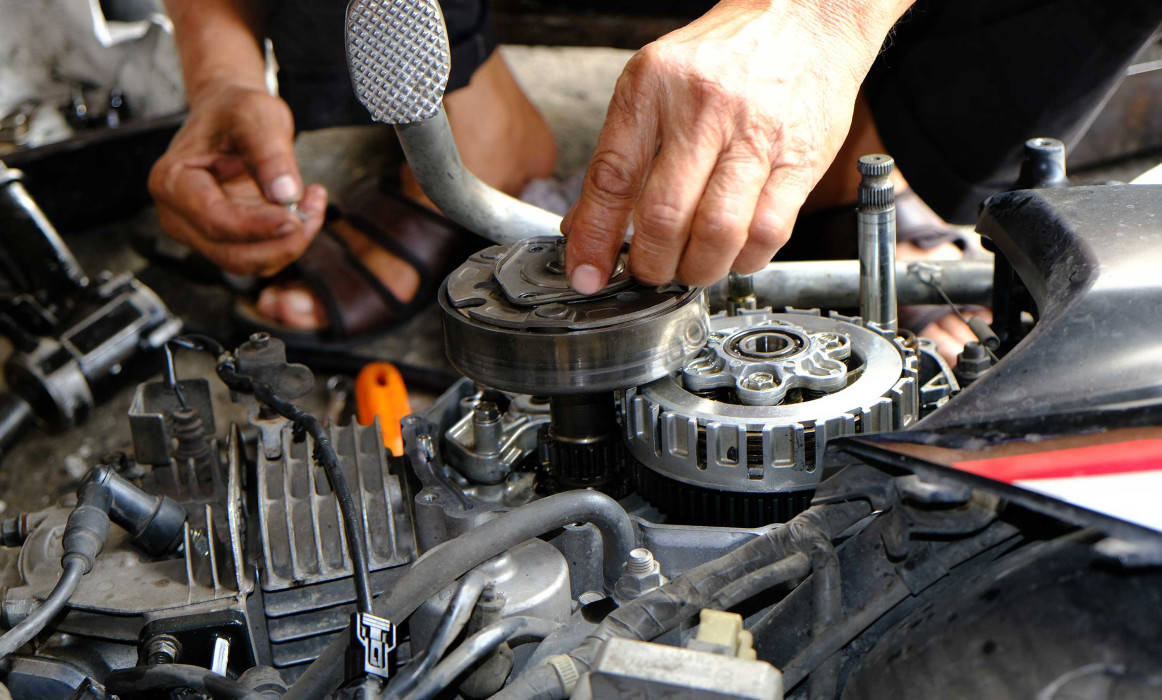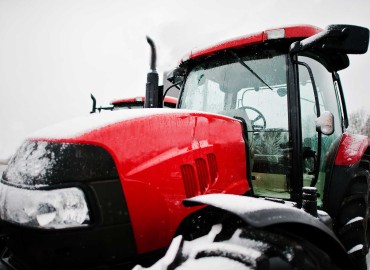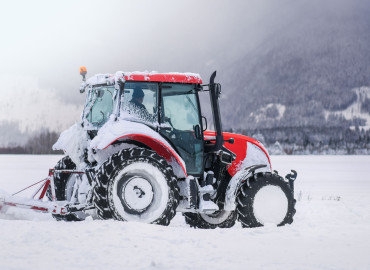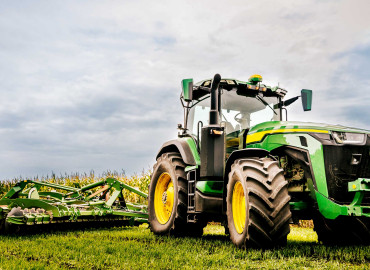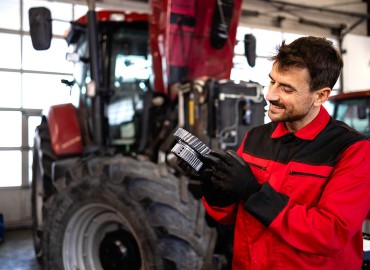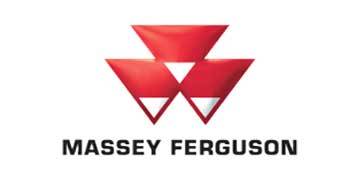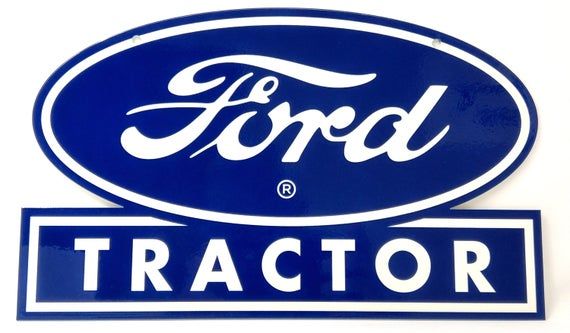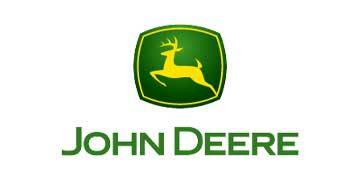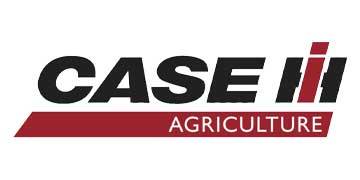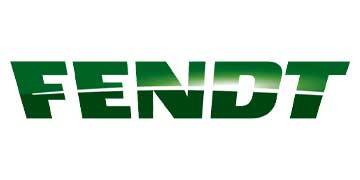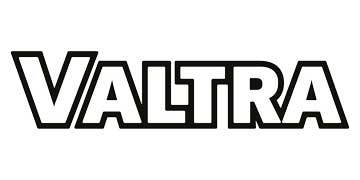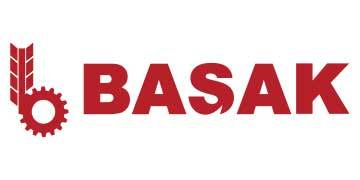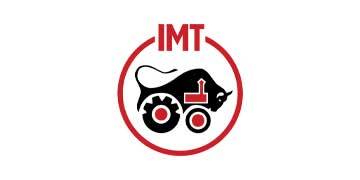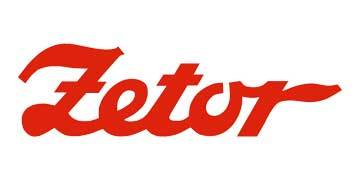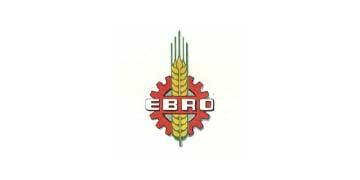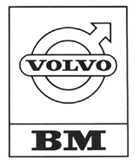Spare part can malfunction over time, which is quite normal. However, it is possible to prevent part failure by regular maintenance and using quality parts. At the same time, when attention is paid to these elements, the lifespan of parts can also be extended.
Why Do Tractor Spare Part Fail?
Tractor spare parts can fail due to various reasons. The most common reasons are as follows:
- Normal wear and tear: Spare parts wear out with normal use and wear out over time. Therefore, spare parts need to be replaced after a certain period of time.
- Environmental factors: Spare part can malfunction due to damage caused by environmental factors. For example, extreme temperatures, humidity, dust, mud, water and chemical substances shorten the lifespan of spare parts.
- Misuse: Tractor spare parts can malfunction if they are not used correctly or if they are overloaded. For example, insufficient lubrication or excessive speed can cause problems such as engine or transmission failure.
- Lack of regular maintenance: Tractor spare parts malfunction if regular maintenance is not performed. For example, failure to regularly change air filters, oil filters and hydraulic filters can cause motor or hydraulic system failure.
- Quality of spare part: The use of low-quality or unsuitable spare parts can cause malfunctions in the tractor. Therefore, it is recommended to use spare parts produced by the original equipment manufacturer (OEM).
How to Identify a Spare Parts Failure?
Here are some things you can do to identify a spare parts failure:
- Visual Inspection: Damage or signs of wear and tear on tractor spare parts can be visually detected. Therefore, regular visual inspections of spare parts should be carried out.
- Listening: Some spare part failures can be detected by the sounds the part makes while in operation. For example, bearing wear can be noticed by the creaking sound the tractor makes while in motion.
- Test Equipment: Some tractor spare parts failures are detected using test equipment. For example, battery test equipment is used to check the health of the tractor's battery.
- Check-ups: Some part failures can be detected by a decrease in the tractor's performance or abnormality. For example, brake failure can lead to a decrease in the tractor's braking performance and a longer stopping distance while in motion.
- Diagnostic Box: Some tractors use a diagnostic box to detect faults. The box checks the tractor's electronic system to identify any problems.
What Should You Do in Case of Spare Parts Failure?
Here are some things you should do to prevent spare parts failure or deal with it if it occurs:
- To determine what the problem is, the spare part needs to be checked. If the cause of the malfunction is determined, it will be easier to find a solution to fix it.
- If the spare part needs to be replaced, it is recommended to use spare parts produced by the original equipment manufacturer (OEM). Using a higher quality part will provide longer life and better performance.
- It is advisable to have a technician experienced in replacing parts perform the replacement. Incorrectly installed or improperly mounted spare parts can cause bigger problems.
- Regular maintenance of the tractor extends the life of spare parts, helping to prevent malfunctions.
- It is recommended to stop using the tractor in case of a malfunction. Using the tractor with a faulty part can cause more serious problems and even pose a danger.
- It should be kept in mind that some spare parts may be repairable. Repairing repairable parts is more cost-effective than buying a new part.
- Using the tractor in accordance with the user manual will help prevent spare part malfunctions.
In conclusion, when tractor parts malfunction, problems can be solved by following steps such as selecting the correct part, professional installation, regular maintenance and following the user manual.
 en
en  tr
tr 
